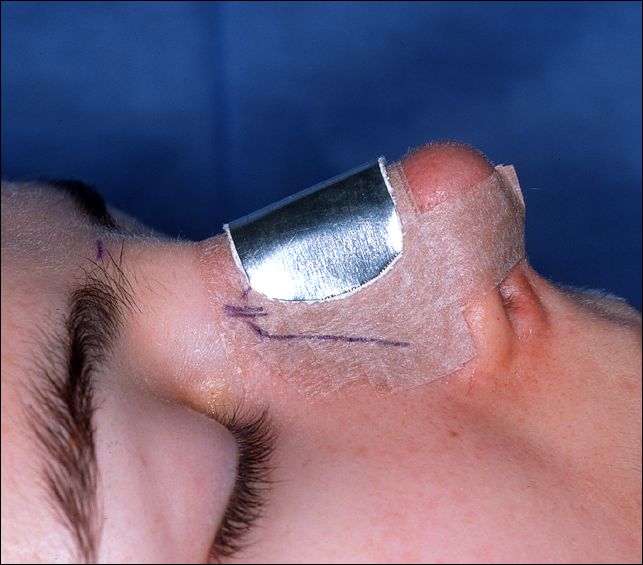WHAT DOES RECOVERY TIME LOOK LIKE AFTER UNDERGOING RHINOPLASTY?
Undergoing any invasive procedure entails downtime irrespective of whether it is a cosmetic procedure or not. Whenever we are considering undergoing any cosmetic procedure, whether it is for aesthetics or for correcting functional defects, one of the most critical factors that need to be kept in mind is the downtime after undergoing the procedure. The nose has fragile bones and very soft cartilage. When one experiences a nose job or Rhinoplasty Toronto, one needs to keep in mind that the nose requires a longer time to heal. Understanding the healing process will help you to prepare for what is to come.
Once you have undergone surgery, a cast will be placed on your nose, acting as a splint and preventing the nose from being bumped or shifting. The tape used applies pressure gently on the cast and effectively reduces the swelling, and keeps the cast in place. Here is what you can expect at different stages after undergoing the procedure, which will help you prepare for your downtime.
The First Week after the procedure
For the first week after the procedure, your nose would be in a cast. During this time, you might experience some swelling, bruising, and slight blood loss. This is normal. At this time, it is highly advised to sleep in an elevated position with the head higher than the heart. This helps to bring down the swelling significantly. The bruising which you might experience depends upon the technique use and also on the patient. The closed surgery method enables the surgeon to achieve satisfactory results while also reducing the amount of swelling that you might experience. However, if the nasal bones have been broken to achieve the results, you might experience more bruising. This could also result in a black eye.
Blood disorders, age, skin thickness, blood thinning medication, and general health are some of the major determinant factors of the amount of swelling and bruising which you might experience. After the procedure, you might experience discomfort, which can be handled with the help of pain medication prescribed to you. Applying ice packs to the cheeks in the first 48 hours can help to reduce the swelling drastically. If you experience some stiffness in the upper lip, don’t panic. It is normal and would ease in a couple of weeks.
3 months to a year after the procedure
The bruising and swelling begin to subside after the second week. As the healing process continues, the swelling reduces, and the nose’s appearance begins to settle. The nose might look puffy to you for about 3 to 4 months after the operation. But this puffiness is not visible or felt by the others. The majority of the healing process takes place within the first three months after the procedure. Depending on the amount of alteration done to the nose, it could take up to a year for the healing to happen entirely and for you to thoroughly enjoy the results of the procedure.


Comments are closed.